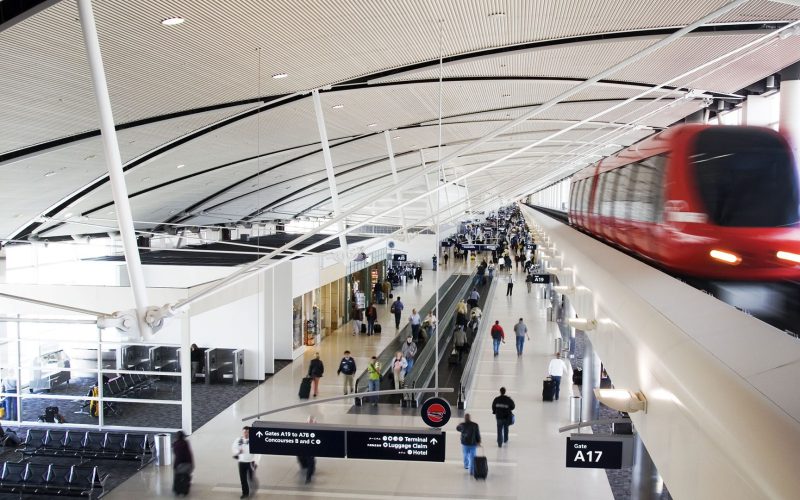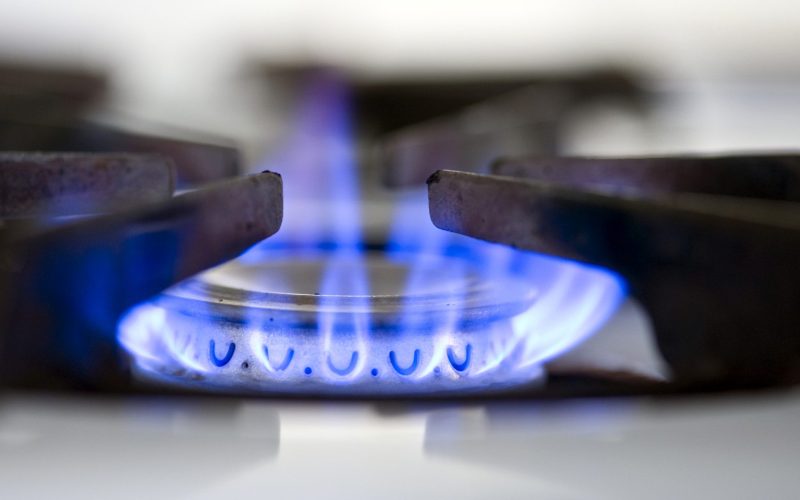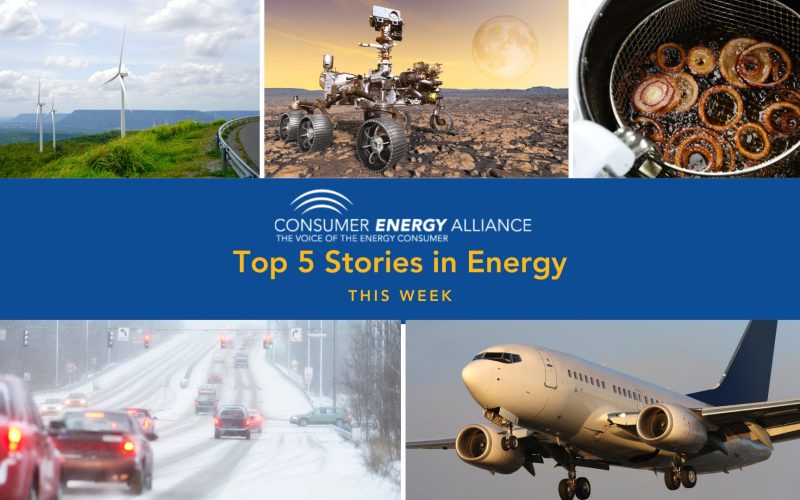THE VOICE FOR THE ENERGY CONSUMER

Line 5 supplies 65% of propane demand in Michigan’s Upper Peninsula, and 55% of Michigan’s statewide propane needs. Still, Governor Whitmer is looking to shut it down with no other.

When Governor Whitmer promised Michiganders that she was going to shut down Line 5, she promised a lot more than you might think. That’s because promising to eliminate the delivery.

Even before COVID, when money’s tight, too many people were forced to choose between having electricity and home heating or filling up their cars with gas and buying food. When.

New York, NY – Following New York City Mayor Bill de Blasio’s proposed action to ban natural gas hookups in new buildings in the city by 2030 and restrict the.

JACKSON, MS – Consumer Energy Alliance (CEA), the leading energy and environmental advocate for families and businesses, applauds Governor Reeves for signing the All Fuels Act of 2021, bipartisan legislation.

Columbus – Consumer Energy Alliance, the leading voice for responsible energy and environmental policies for families and businesses, and the United Steelworkers District 1 today joined together to voice their.

Washington, D.C. — Consumer Energy Alliance (CEA), the leading voice for sensible energy and environmental policies for families and businesses, issued the following statement today following the confirmation of President.

Lansing, MI – Following the release of Gov. Gretchen Whitmer’s plan to ensure the state’s supply of propane as her administration looks to prematurely shut down Enbridge’s Line 5 pipeline,.

Louisville, KY – Consumer Energy Alliance (CEA), the leading energy and environmental advocate for families and businesses, applauded the Kentucky House for concurring with the Senate and overwhelmingly passing HB.

This week the Senate voted to confirm North Carolina environmental regulator Michael Regan to serve as administrator of the Environmental Protection Agency. As the Texas power regulator voted to remove.